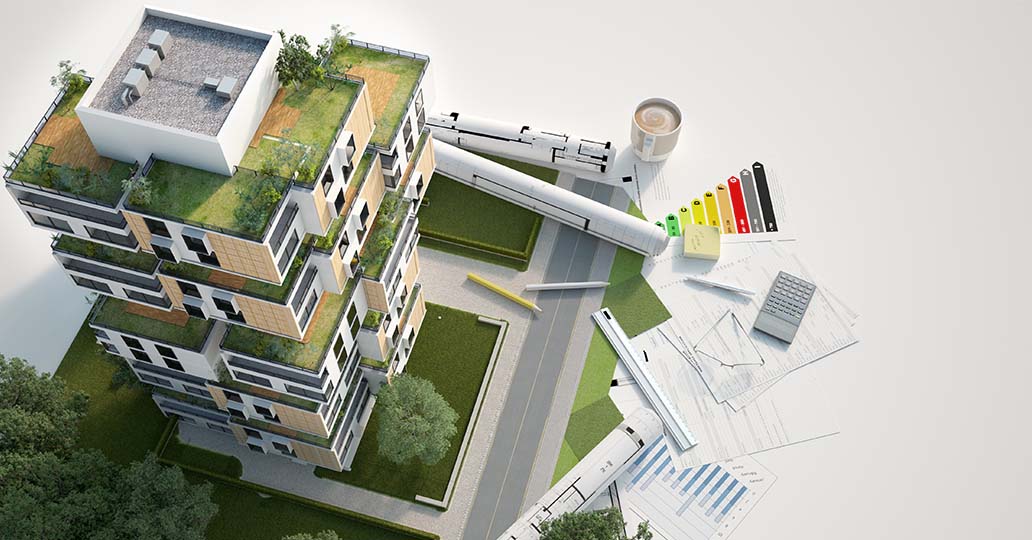Energy efficiency makes buildings more economical

Energy-efficient buildings are an important key to a successful energy transition. The IoT and network specialist Talkpool offers smart sensors that, in combination with a self-learning AI, can reduce energy consumption in buildings by 15 to 25 percent.
Nowhere else is so much energy consumed as in the building sector. In Europe, around 40 percent of final energy consumption and 36 percent of greenhouse gas emissions are attributable to this sector. With its Smart Buildings technologies, Talkpool AG is helping to make buildings more energy-efficient. For example, via intelligent sensors that can be used to automatically control and optimize the indoor air and climate. “Our technology not only helps to significantly reduce the energy requirements of buildings, but also saves the corresponding costs,” says Aurelius Wosylus, Group Chief Commercial Officer at Talkpool AG. He refers to the rapidly increasing energy prices and advises building operators to tackle the problem now.
In Germany alone there are 21 million buildings, of which around 19 million are residential buildings and around 2 million non-residential buildings. Together they consumed around 865 terawatt hours (TWh) of energy in 2019. At 76 percent, by far the largest part is accounted for by space heating (658 TWh). Even back in 2019, i.e. before the energy price shock, the costs for space heating, hot water and lighting in buildings in Germany amounted to an estimated 73 billion euros. Although the final energy consumption in the building sector has fallen slightly in recent years, it is not to the extent that would be necessary to achieve the climate targets. This is also due to the fact that around a third of the buildings in Germany and Europe are more than 50 years old. Older buildings in particular often only have inadequate HVAC systems. HVAC stands for heating, ventilation and air conditioning and refers to the various systems in a building responsible for heat regulation, indoor comfort and air quality.
Convincing solutions for saving energy in buildings
The international company, headquartered in Chur, Switzerland, has developed solutions with which energy and cost savings of 10 to 25 percent can be achieved in existing HVAC systems. Aurelius Wosylus explains the technology behind it: “Our wireless room climate sensors form the basis. After they have been installed in the building, these monitor the various parameters such as room heat and air quality in real time.” This input goes to a self-learning control algorithm via an Internet gateway. According to Wosylus, the AI also accesses external data, such as the weather situation or the development of energy tariffs. “In this way, the AI controls the HVAC system in a constant improvement process to maximize indoor climate quality and optimize energy consumption.”
The system is already installed in buildings with a total area of more than one million square meters. With consistently good results. As an example, Wosylus cites a hotel and office project in Sweden with an area of around 25,000 square meters. “Our analysis shows that not only has the air quality and thus the feel-good factor improved significantly, but also the energy consumption for the heating and cooling systems has been reduced by between 20 and 25 percent.” It didn’t even take a year, he says Wosylus until the project has recouped its costs for the building operator.